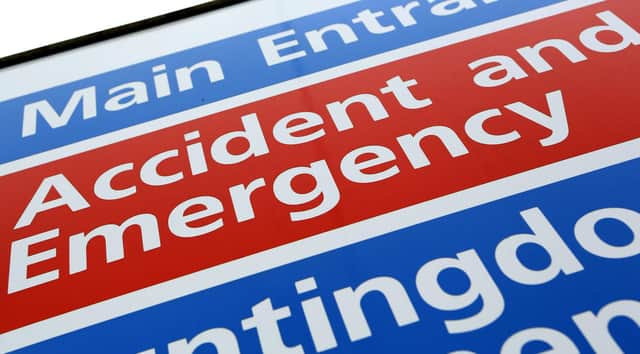Rise in visits to A&E at Sandwell and West Birmingham Hospitals Trust


More patients visited A&E at Sandwell and West Birmingham Hospitals Trust last month, with demand rising above the levels seen over the same period last year.
NHS England figures show 22,645 patients visited A&E at Sandwell and West Birmingham Hospitals NHS Trust in October.
Advertisement
Hide AdAdvertisement
Hide AdThat was a rise of 4% on the 21,842 visits recorded during September, and 64% more than the 13,833 patients seen in October 2020.
The figures show attendances were above the levels seen before the coronavirus pandemic – in October 2019, there were 18,445 visits to A&E at Sandwell and West Birmingham Hospitals Trust.
The majority of attendances last month were via major A&E departments – those with full resuscitation equipment and 24-hour consultant-led care – while 34% were via minor injury units.
Meanwhile, around 5% were via consultant-led departments with single specialties, such as eye conditions or dental problems.
Advertisement
Hide AdAdvertisement
Hide AdAcross England, A&E departments received 2.2 million visits last month.
That was an increase of 2% compared to September, and 36% more than the 1.6 million seen during October 2020.
At Sandwell and West Birmingham Hospitals NHS Trust:
In October:
There were 350 booked appointments, up from 337 in September
74% of arrivals were seen within four hours, against an NHS target of 95%
Advertisement
Hide AdAdvertisement
Hide Ad1,537 patients waited longer than four hours for treatment following a decision to admit
Of those, five were delayed by more than 12 hours
Separate NHS Digital data reveals that in September:
The median time to treatment was 61 minutes
Around 6% of patients left before being treated